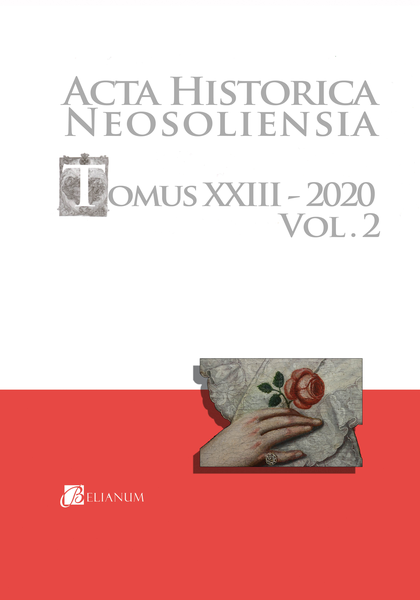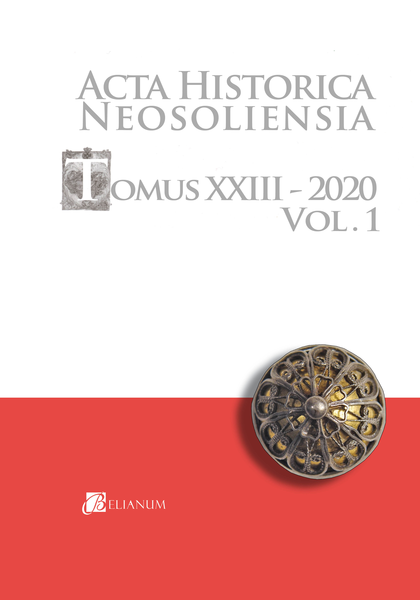Kánonická vizitácia kysáčskej evanjelickej cirkvi z roku 1835
JANKO RAMAČ – DANIELA MARČOKOVÁ
Oddelenie slovakistiky a Oddelenie rusinistiky Filozofickej fakulty
Univerzity v Novom Sade, Srbsko
The canonical visitation of the Evangelical Church in Kysač from 1835
Abstract: In the historiography of Slovaks in Southern Hungary/Yugoslavia/ Serbia, an important place is given to monographs of individual settlements occupied by Slovaks in most or a significant number. The monograph on Kysač describes in detail the process of settling Slovaks, but much more modestly the wider context of their social and political life until the mid-19th century. About this period, a fair amount of data offers Hronika of local Evangelical a. c. Church by the author František Jesenský, but also this resource is underutilized. Also, practically as historical sources about the history of Kysač at the end of the 18th and in the first half of the 19th century, the records of canonical visitations from 1798, 1810, 1818, 1825 and 1835 remained unknown and unused. The aim of this paper is to, by publishing a record of the canonical visitation from 1835 in both the original Latin and Slovak translation, make available to researchers a resource, which provides a wealth of data from the economic and social life of this national and ecclesial community.
Keywords: Slovaks in Southern Hungary, Kysač, Evangelic a. c. Church in Kysač, canonical visitation, school.
Archív
Úplné textové verzie vo formáte PDF
- Acta historica Neosoliensia - Tomus 26, num. 1
- Acta historica Neosoliensia - Tomus 25, num. 2
- Acta historica Neosoliensia - Tomus 25, num. 1
- Acta historica Neosoliensia - Tomus 24, num. 2
- Acta historica Neosoliensia - Tomus 24, num. 1
- Acta historica Neosoliensia - Tomus 23, num. 2
- Acta historica Neosoliensia - Tomus 23, num. 1
- Acta historica Neosoliensia - Tomus 22, num. 2
- Acta historica Neosoliensia - Tomus 22, num. 1
- Acta historica Neosoliensia - Tomus 21, num. 2
- Acta historica Neosoliensia - Tomus 21, num. 1
- Acta historica Neosoliensia - Tomus 20, num. 2
- Acta historica Neosoliensia - Tomus 20, num. 1
- Acta historica Neosoliensia - Tomus 19, num. 2
- Acta historica Neosoliensia - Tomus 19, num. 1
- Acta historica Neosoliensia - Tomus 18
- Acta historica Neosoliensia - Tomus 17
- Acta historica Neosoliensia - Tomus 16
- Acta historica Neosoliensia - Tomus 15
- Acta historica Neosoliensia - Tomus 14
- Acta historica Neosoliensia - Tomus 13
- Acta historica Neosoliensia - Tomus 12
- Acta historica Neosoliensia - Tomus 11
- Acta historica Neosoliensia - Tomus 10
- Acta historica Neosoliensia - Tomus 09
- Acta historica Neosoliensia - Tomus 08
- Acta historica Neosoliensia - Tomus 07
- Acta historica Neosoliensia - Tomus 06
- Acta historica Neosoliensia - Tomus 05
- Acta historica Neosoliensia - Tomus 04
- Acta historica Neosoliensia - Tomus 03
- Acta historica Neosoliensia - Tomus 02
- Acta historica Neosoliensia - Tomus 01


